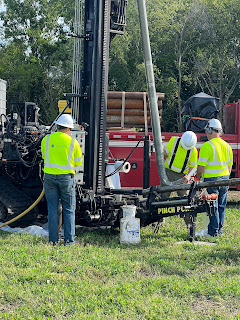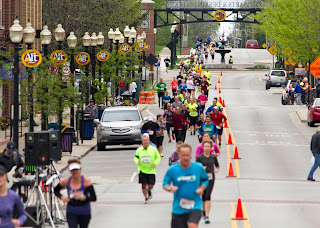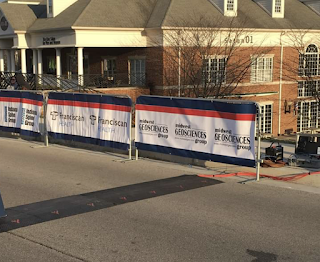World Water Day, held on 22 March every year since 1993, focuses on the importance of freshwater.
World Water Day celebrates water and raises awareness of the 2.2 billion people living without access to safe water. It is about taking action to tackle the global water crisis. A core focus of World Water Day is to support the achievement of United Nations Sustainable Development Goal 6: water and sanitation for all by 2030.
GROUND WATER is the focus of World Water Day, this year.
We Hydrogeologists appreciate how ground water is water is present in aquifers, which are geological formations of rocks, sands and gravels that hold substantial quantities of water. Ground water feeds springs, rivers, lakes and wetlands, and seeps into oceans. Ground water is recharged mainly from rain and snowfall infiltrating the ground. Ground water can be extracted to the surface by pumps and wells.
Life would not be possible without ground water. Most arid areas of the world depend entirely on groundwater. Ground water supplies a large proportion of the water we use for drinking, sanitation, food production and industrial processes.
It is also critically important to the healthy functioning of ecosystems, such as wetlands and rivers.
Midwest GeoSciences Group works to protect ground water resources from overexploitation and pollution since it can lead to depletion, extra-costs of processing it, and sometimes even preventing its use.
Exploring, protecting and sustainably using groundwater will be central to surviving and adapting to climate change and meeting the needs of a growing population.
This month, Midwest GeoSciences Group is teaching online courses that are a gigantic leap in understanding the nature of the geologic units that yield (aquifers) and protect (aquitards) groundwater.
The professionals that are hired to extract and clean up ground water search for best practices and it all starts with basic geologic principles. It’s a noble mission for Midwest GeoSciences Group but it’s also noble for those professionals whose work will last beyond our lifetimes.











.jpg)






.jpeg)
























